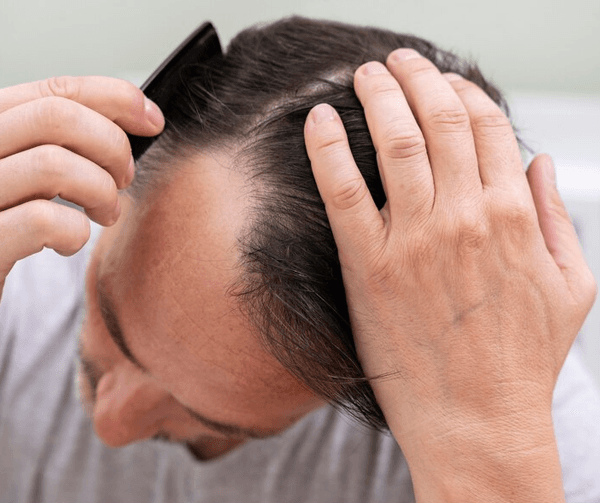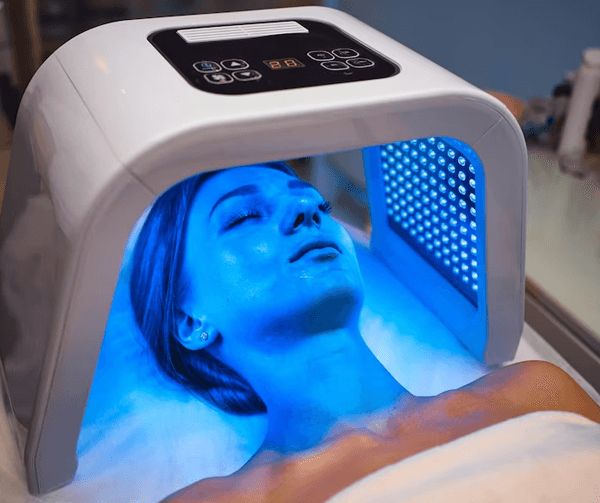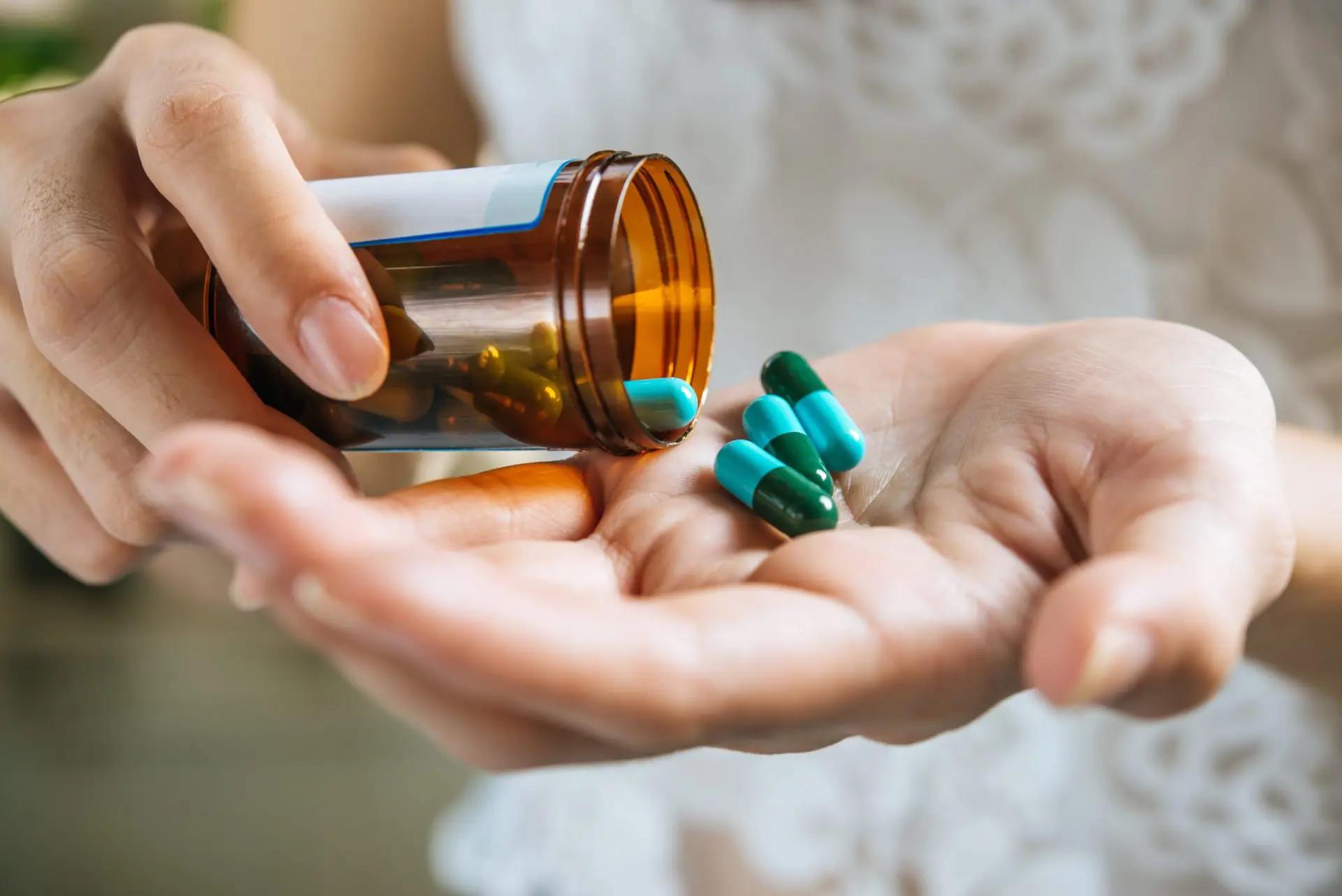About Author & Bibliography
Bibliography
1. Rossi A, Cantisani C, Melis L, Iorio A, Scali E, Calvieri S. Minoxidil use in dermatology, side effects and recent patents. Recent patents on inflammation & allergy drug discovery [Internet]. 2012 [cited 6 May 2002]; 2012(22409453):130-6. Available from: https://www.ncbi.nlm.nih.gov/pubmed/22409453.
2. Mysore V. Finasteride and sexual side effects. Indian Dermatol Online J [serial online] 2012 [cited 2017 Aug 10]; 3:62-5. Available from: http://www.idoj.in/text.asp?2012/3/1/62/93496
3. Angela B Smith and Culley C Carson. Finasteride in the treatment of patients with benign prostatic hyperplasia: a review. Therapeutics and clinical risk management. 2009; 5(e.g. 2): 535–545. Available from: https://www.ncbi.nlm.nih.gov/pmc/articles/PMC2710385/
4. Izabela Urysiak-Czubatka .Assessment of the usefulness of dihydrotestosterone in the diagnostics of patients with androgenetic alopecia. Postepy Dermatol Alergol. 2014 Aug; 31(4): 207–215. [Internet]. Available from: https://www.ncbi.nlm.nih.gov/pmc/articles/PMC4171668/
5. Rossi A (2012). Comparitive effectiveness of finasteride vs Serenoa repens in male androgenetic alopecia: a two-year study. Int J Immunopathol Pharmacol. Oct-Dec; 25(4):1167-73.
6. Mysore V, Dua Kapil (2016). Hair transplantation. A text book. 4: 71-74
7. Drake L (1999). The effects of finasteride on scalp skin and serum androgen levels in men with androgenetic alopecia. J Am Acad Dermatol. Oct; 41(4):550-4.
8. Anita K. Gupta (2016). Atypical post-finasteride syndrome: A pharmacological riddle. Indian J Pharmacol. May-Jun; 48(3): 316–317.
9. B. S. Chandrashekar (2015). Topical minoxidil fortified with finasteride: An account of maintenance of hair density after replacing oral finasteride. Indian Dermatol Online J. Jan-Feb; 6(1): 17–20.
10. Maurizio Caserini (2014). A novel finasteride 0.25% topical solution for androgenetic alopecia: pharmacokinetics and effects on plasma androgen levels in healthy male volunteers. International Journal of Clinical Pharmacology and Therapeutics, (1-8).
11. http://www.aafp.org/news/health-of-the-public/20130823finasteride.html
12. https://en.wikipedia.org/wiki/Finasteride
13. https://pubchem.ncbi.nlm.nih.gov/compound/finasteride#section=Top
14. https://www.steroidal.com/anti-estrogens-pct/finasteride-proscar/
15. https://www.medicines.org.uk/emc/medicine/25803
16. https://perfecthairhealth.com/natural-dht-blockers-vs-finasteride-they-all-cause-sexual-side-effects/
17. https://www.mims.com/india/drug/info/finasteride
18. https://medlineplus.gov/druginfo/meds/a698016.html
19. http://www.rxlist.com/propecia-drug.htm
20. https://www.bernsteinmedical.com/medical-treatment/propecia-finasteride/
NOTE: This content of this post is written by the experienced dermotologist based on formal medical studies. It is reliable and scientifically verified and reviewed and edited by concerned doctors and health professionals to provide objective information on the diagnosis and treatment of diseases. If you are a doctor or health scientist and find inaccuracies, errors or omissions, please contact us at info@akclinics.com
About Author: This post is written by Dr. Aman Dua, MBBS, MD, FISHRS having 14 year of experience in the fields of Dermatology and Hair Transplant. She is the Chief Dermatologist, Co-Founder & Managing Director At AK Clinics.
Reviewed by: This post is reviewed by Dr Kapil Dua, MBBS, MS, Dipl. American Board of Hair Restoration Surgery (ABHRS), Member, FUE Advancement Committee, ISHRS, USA to improve readability and authority of the written content.











